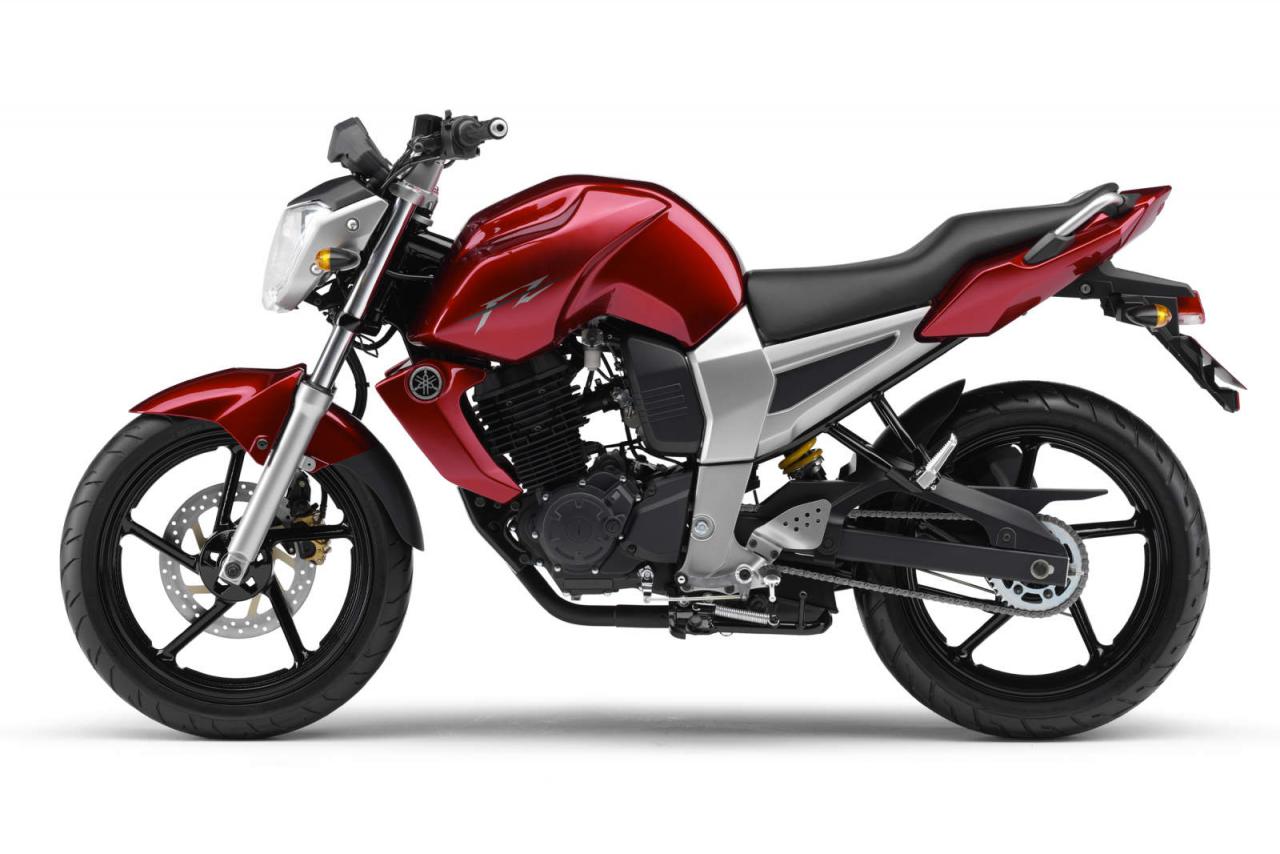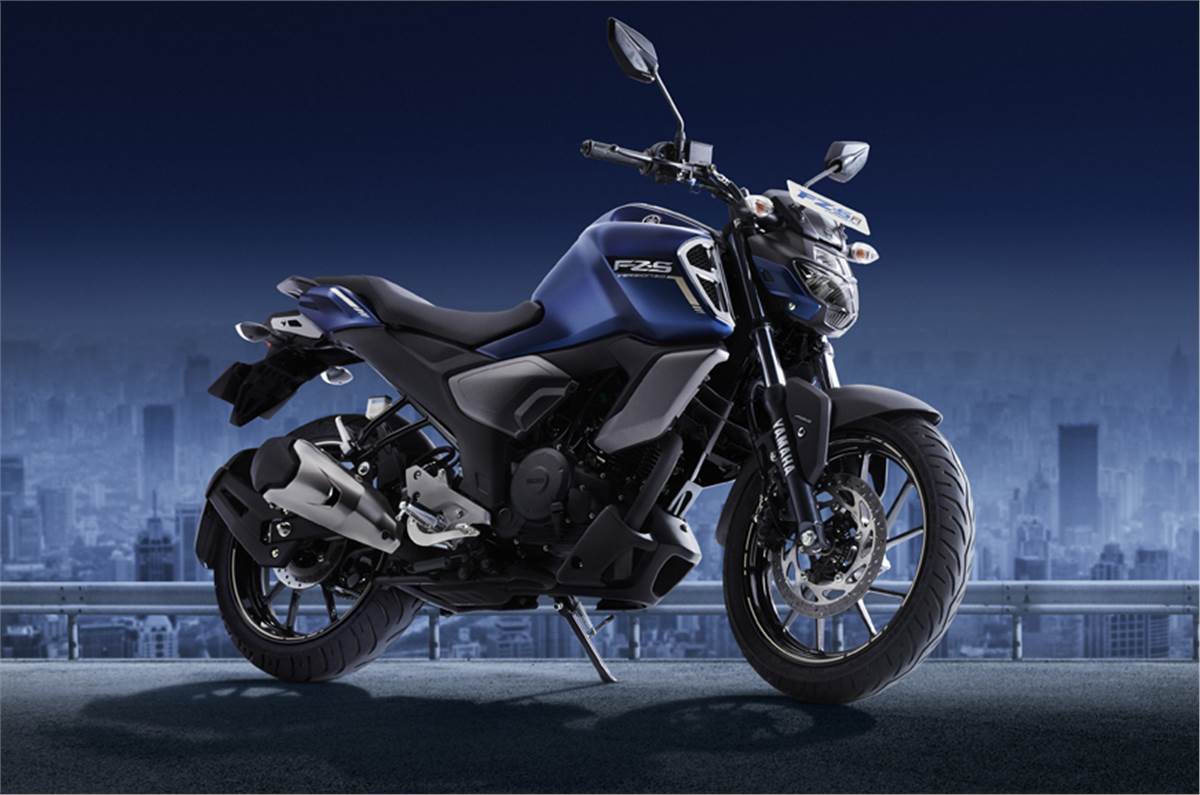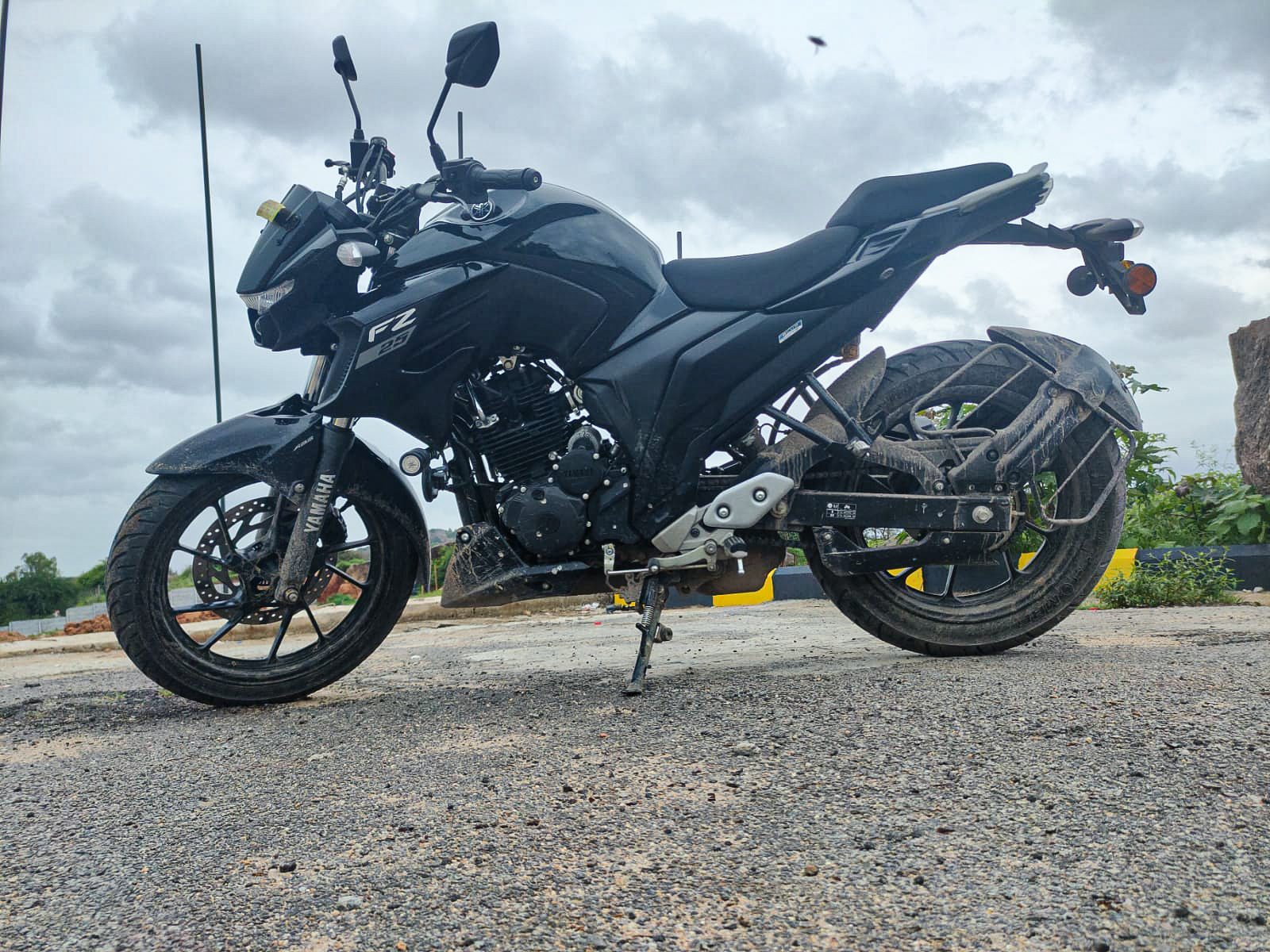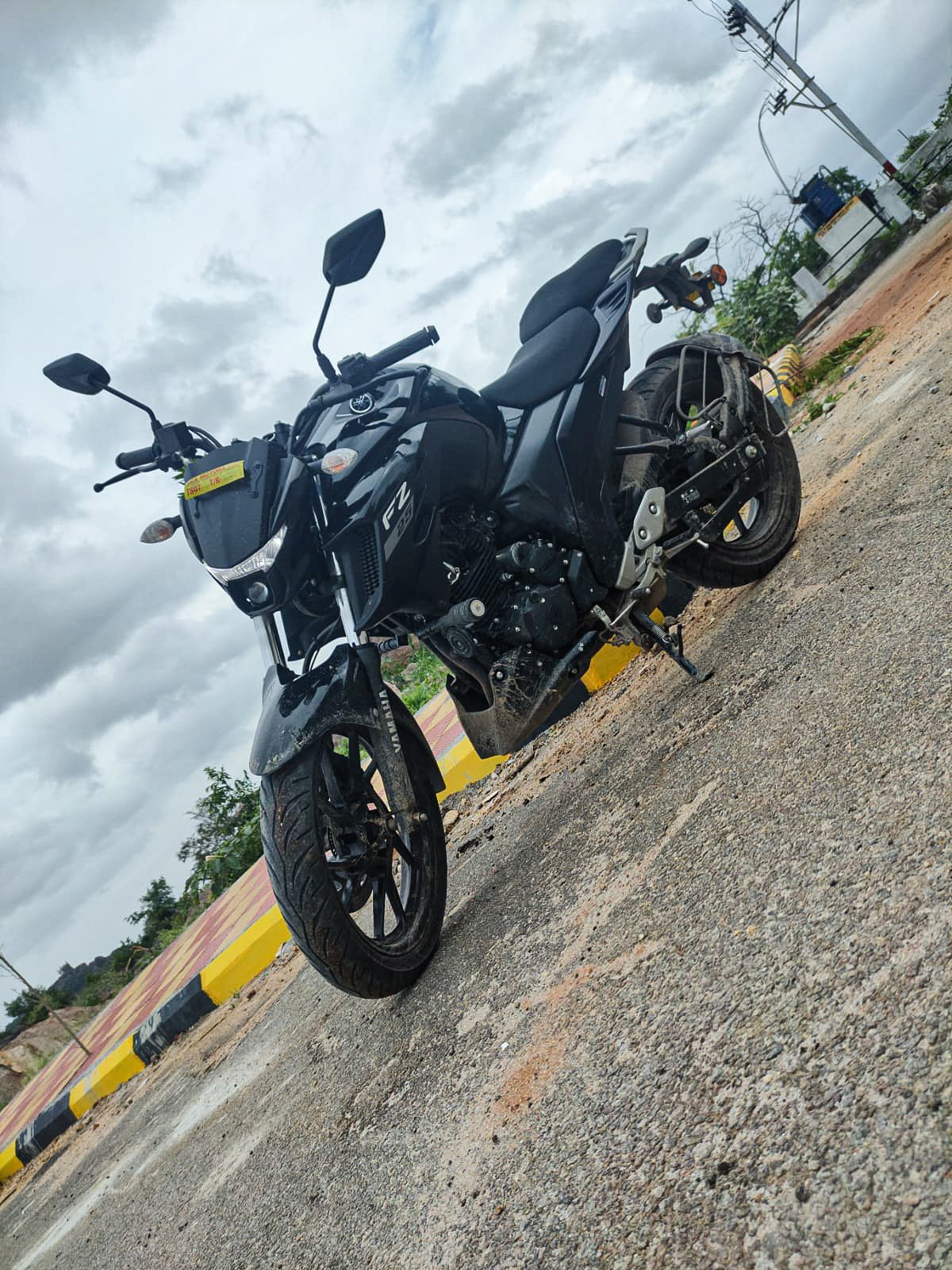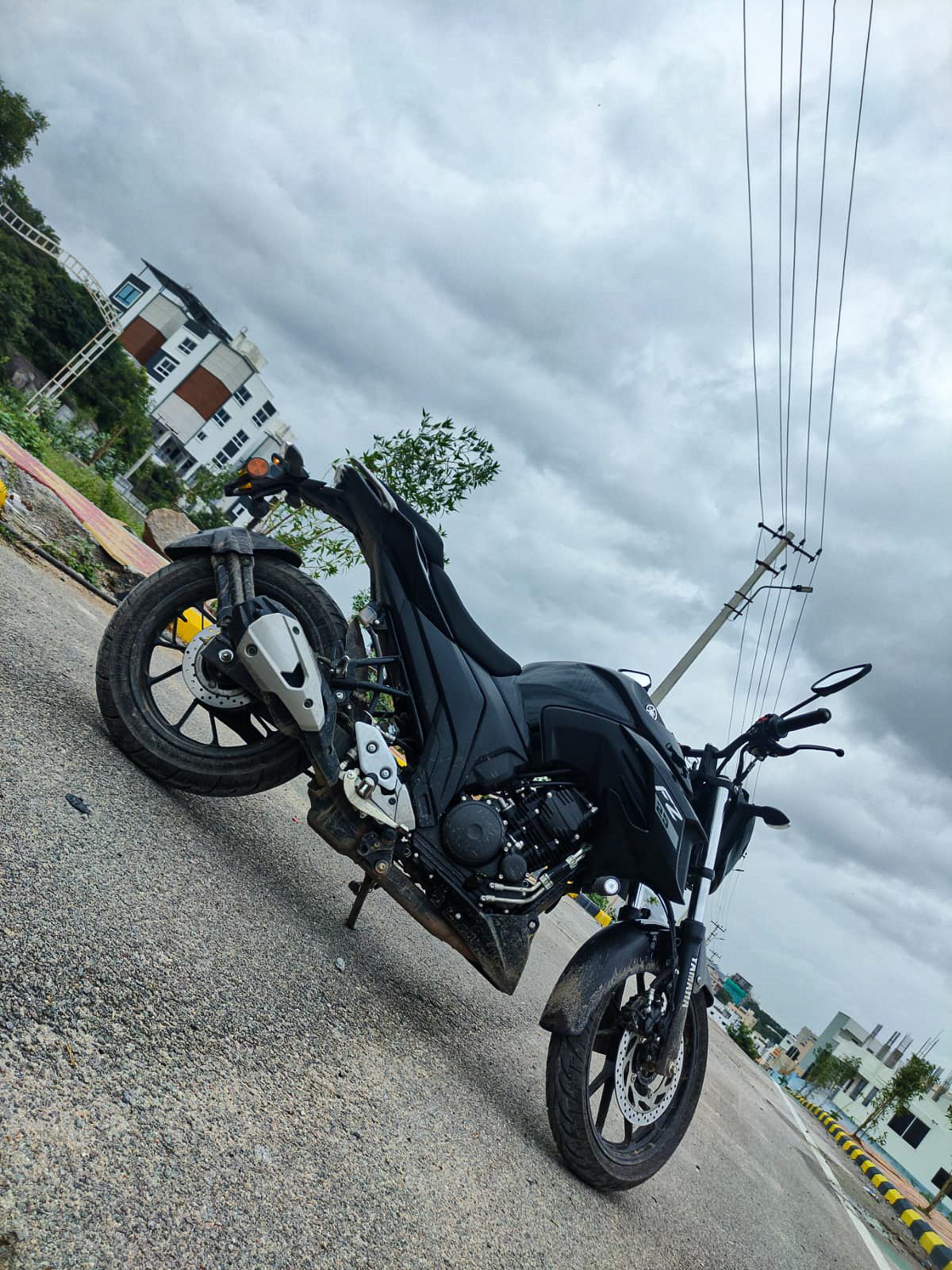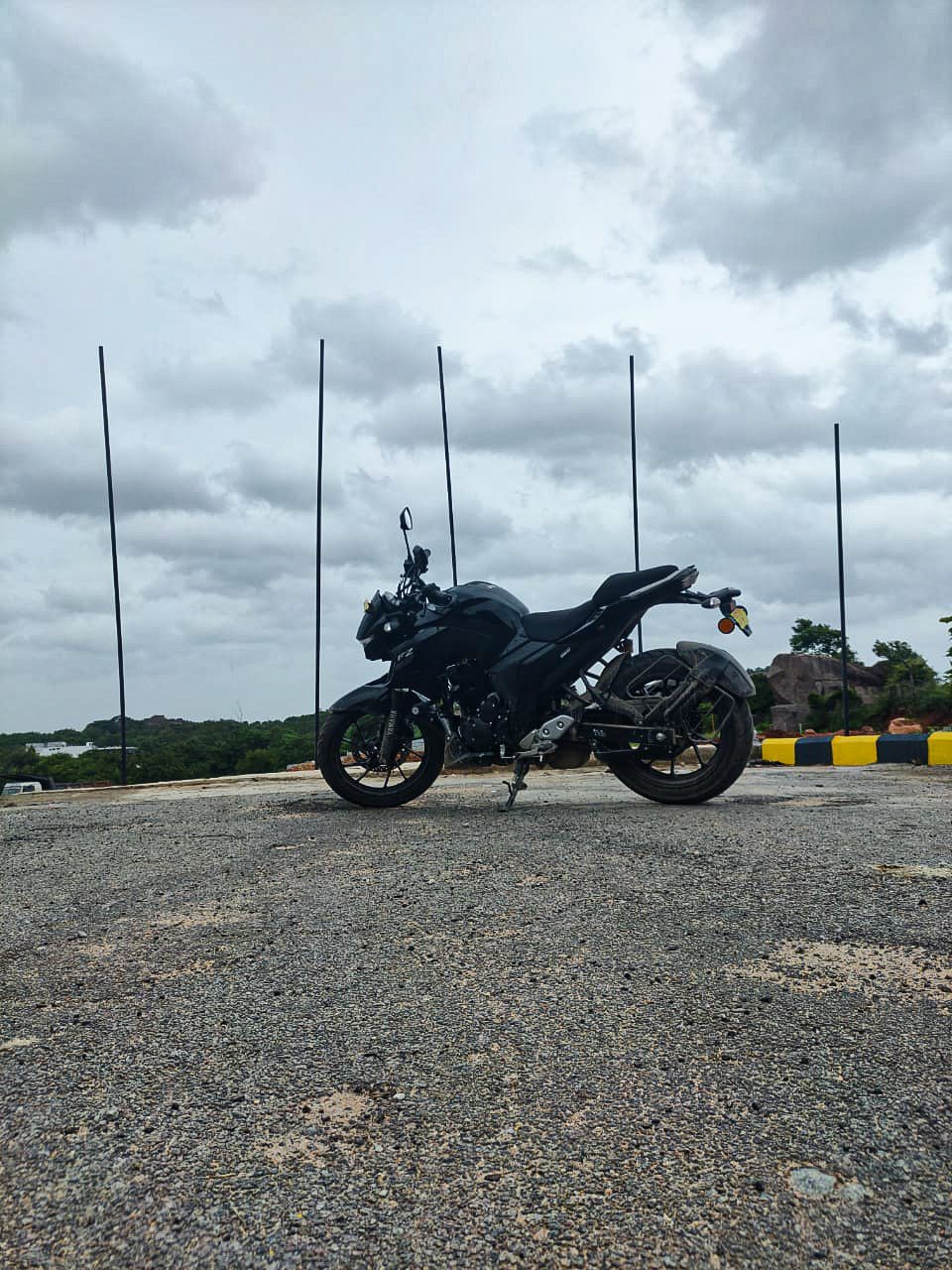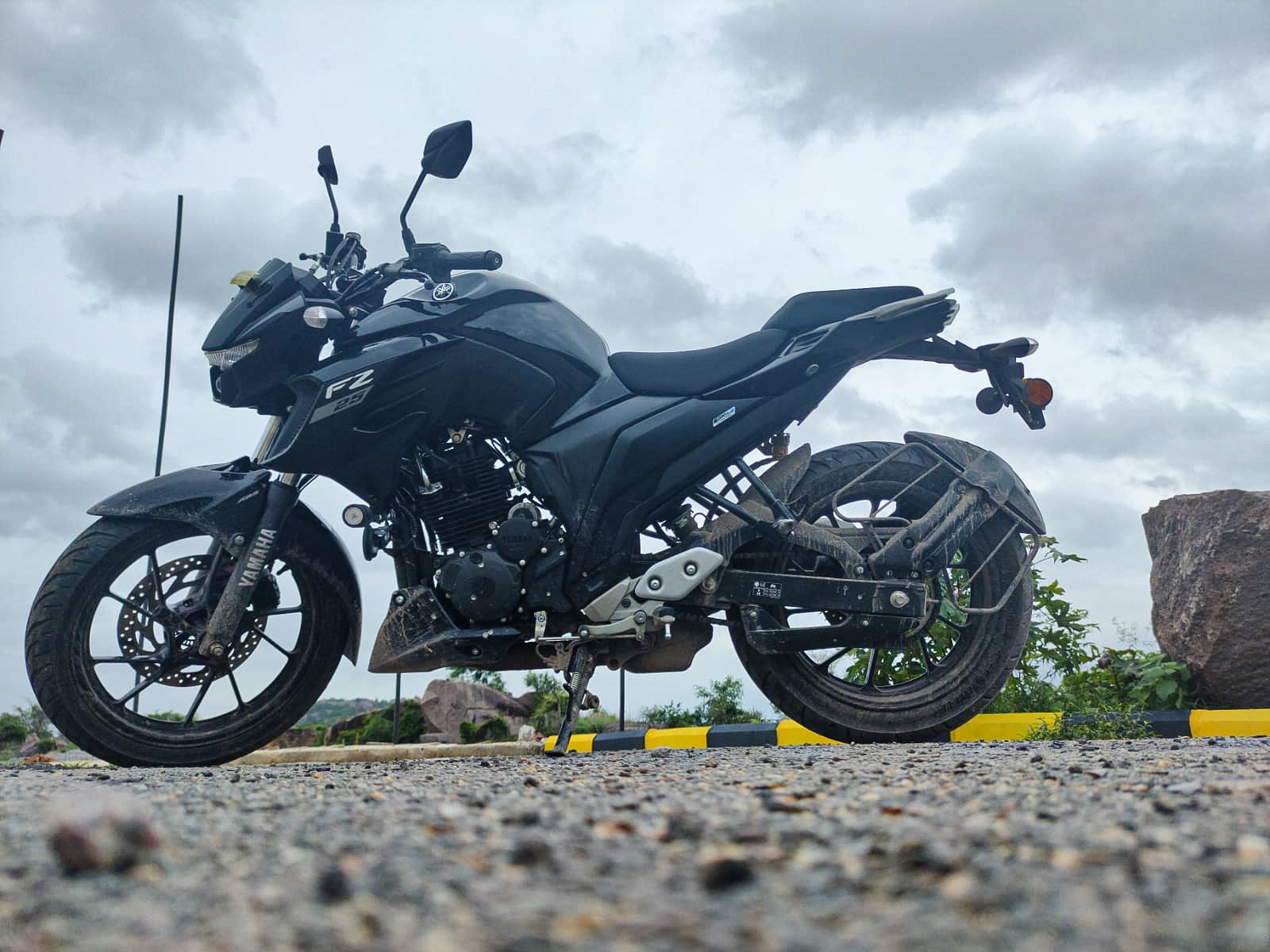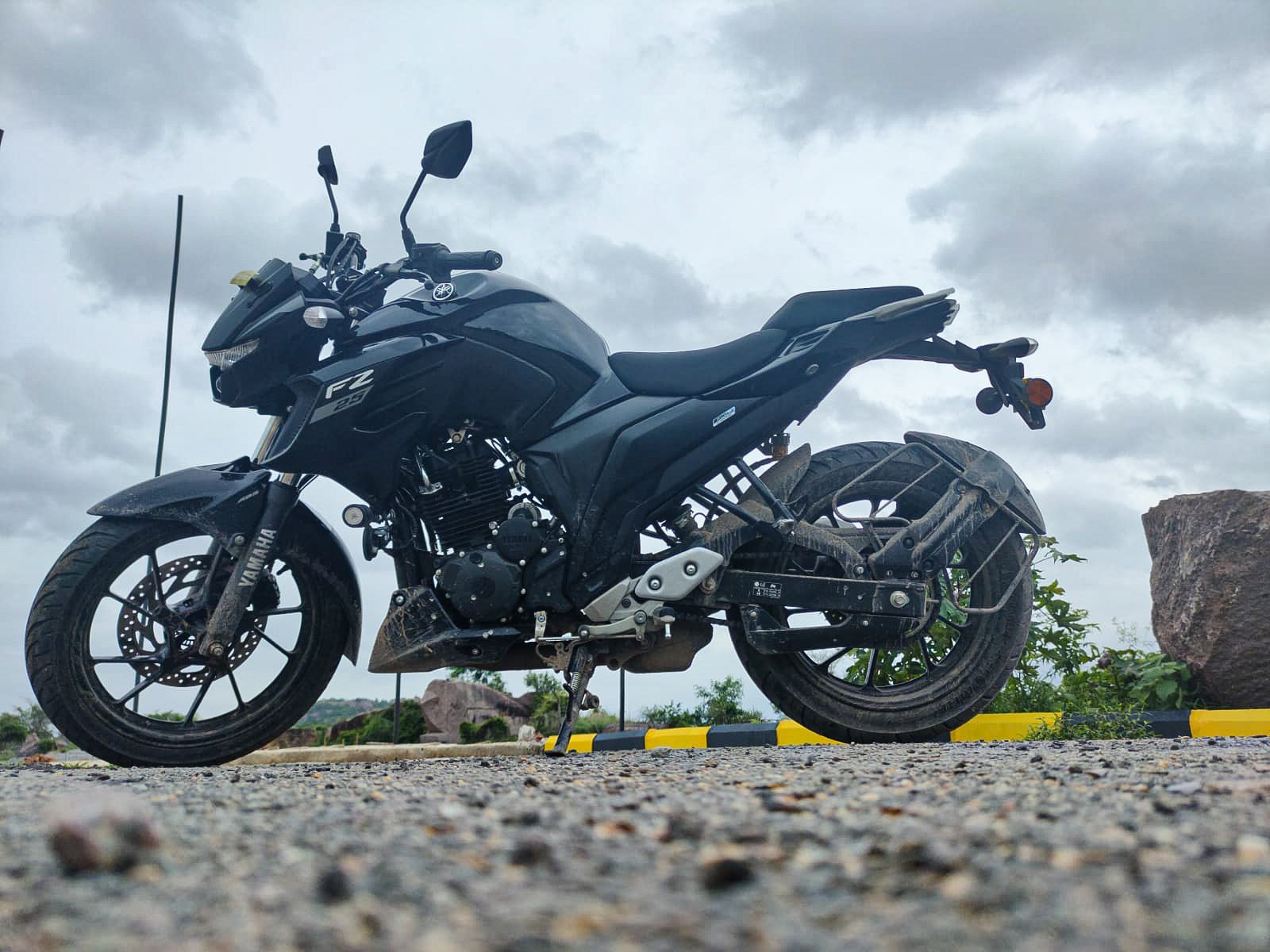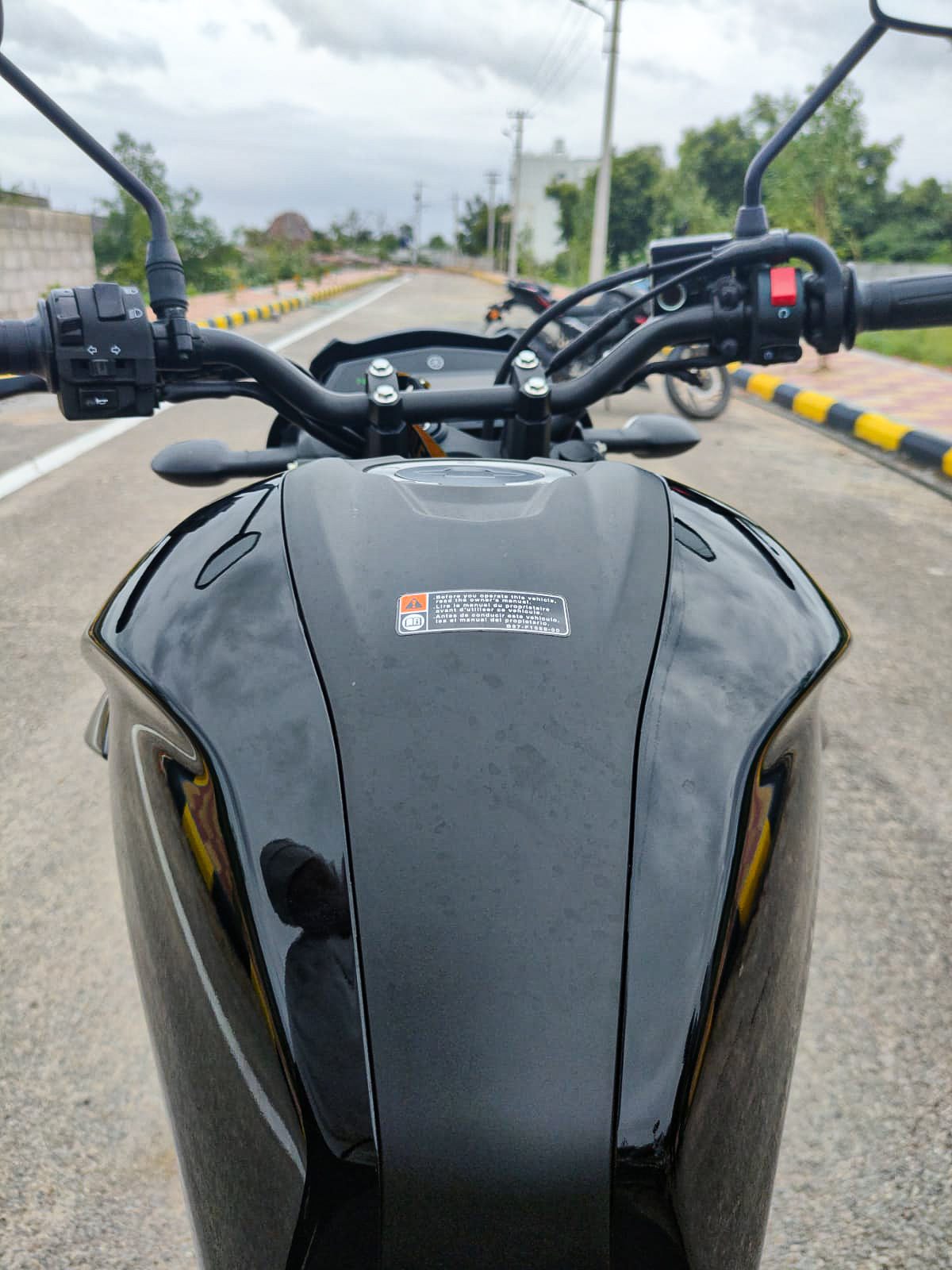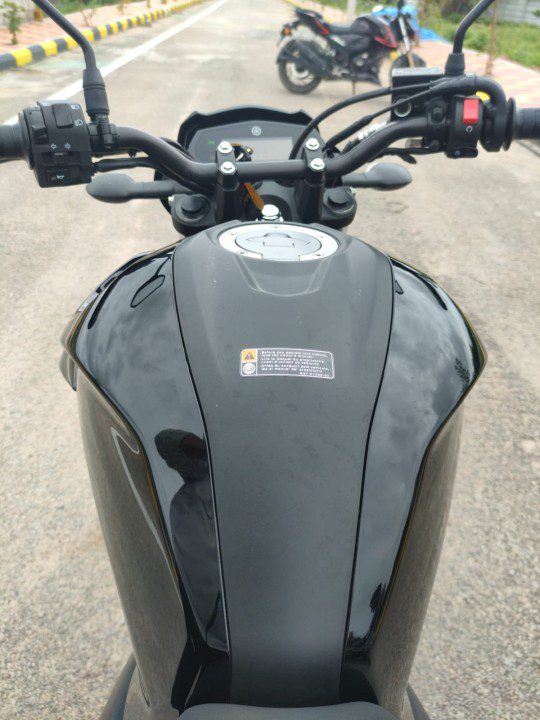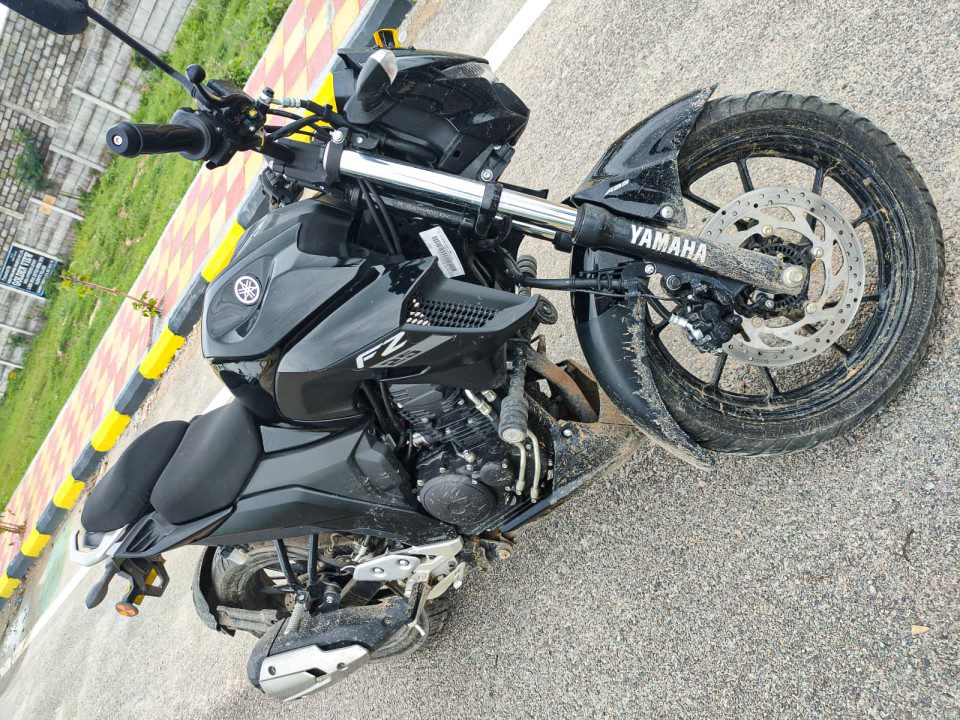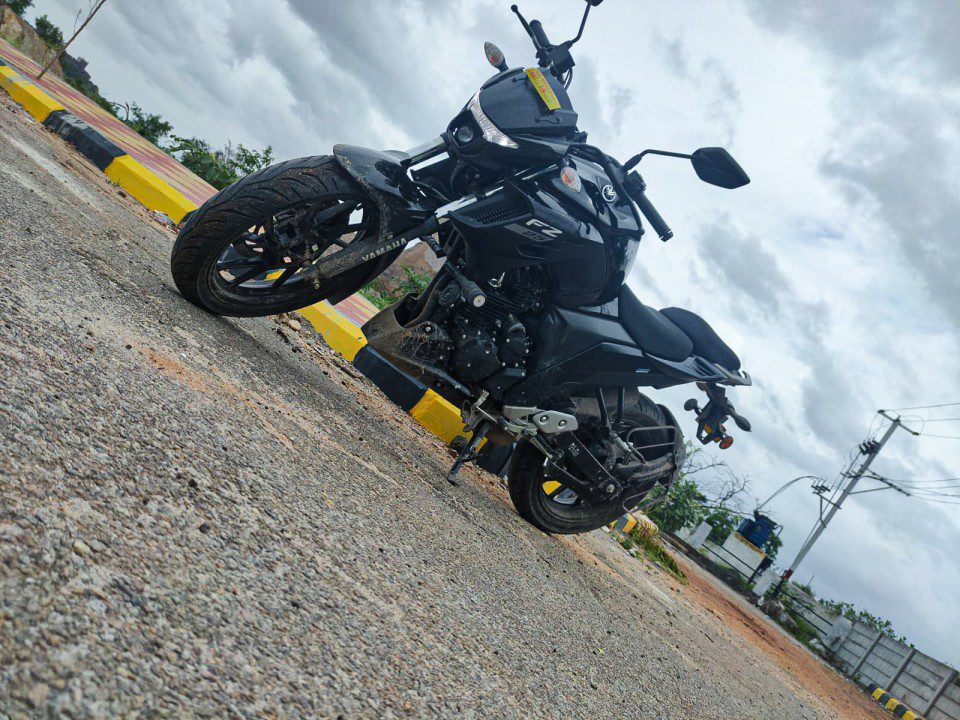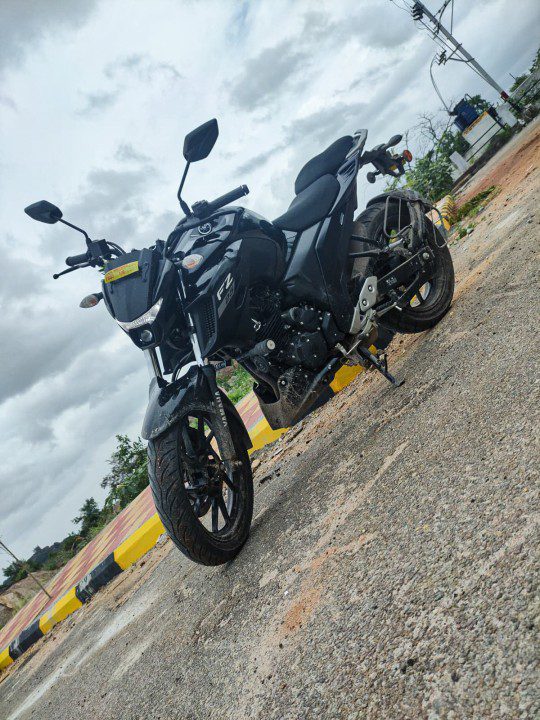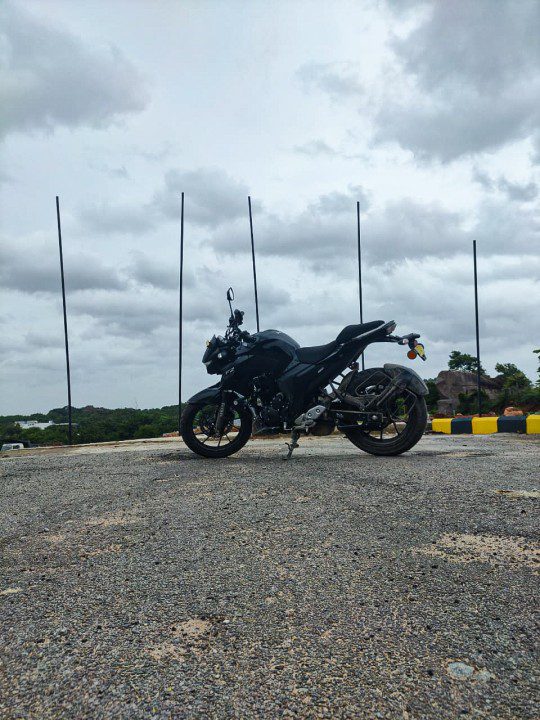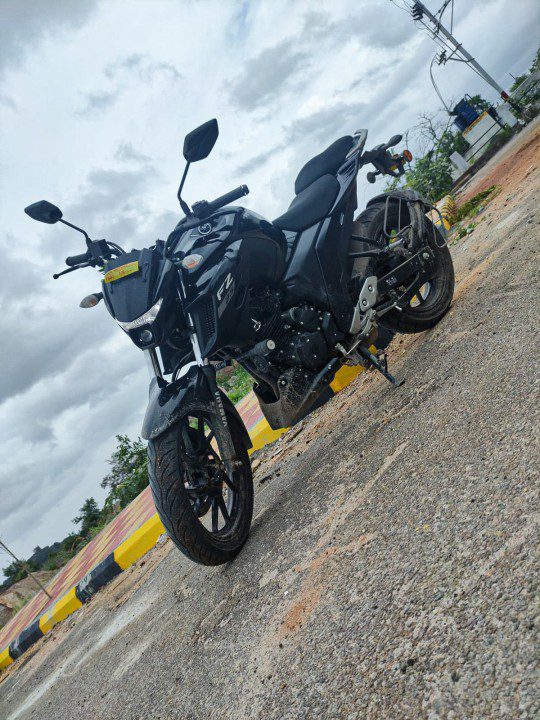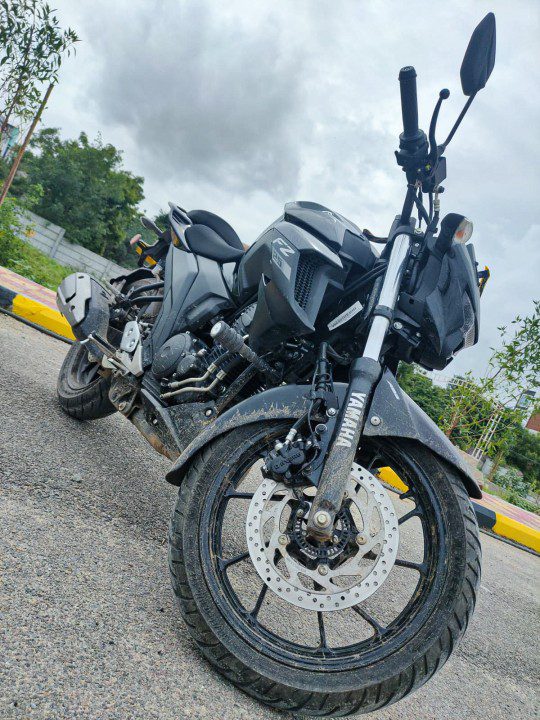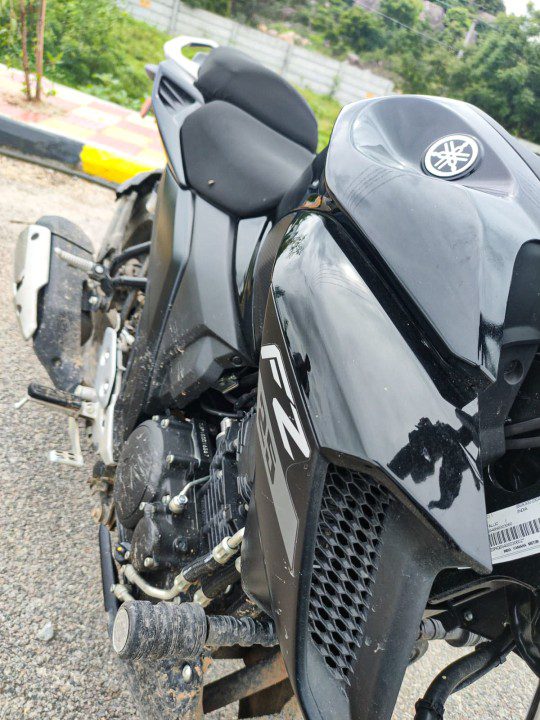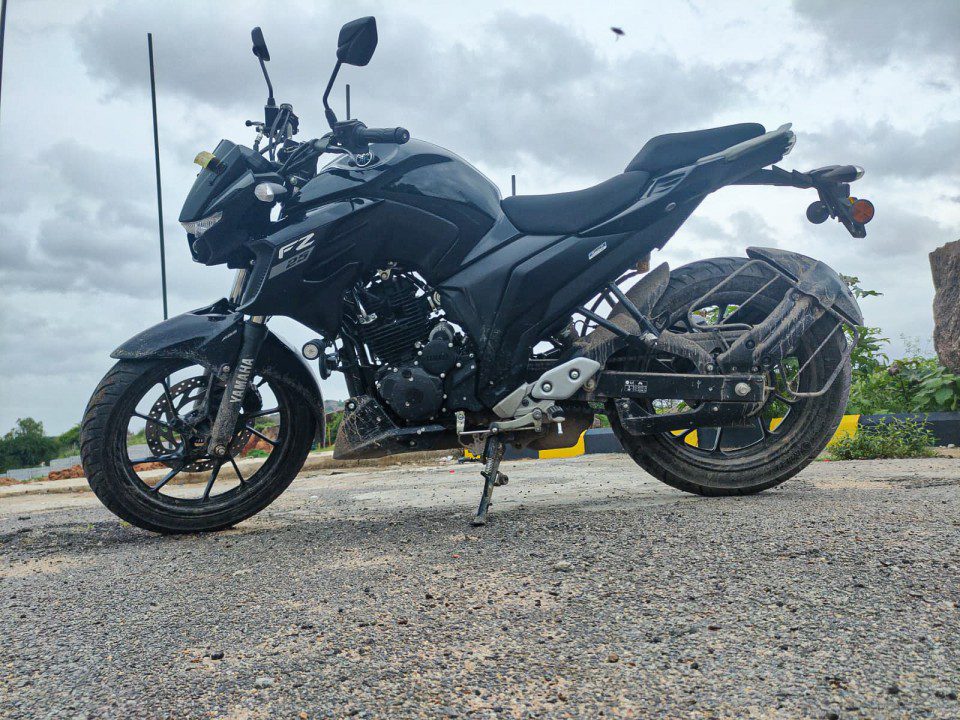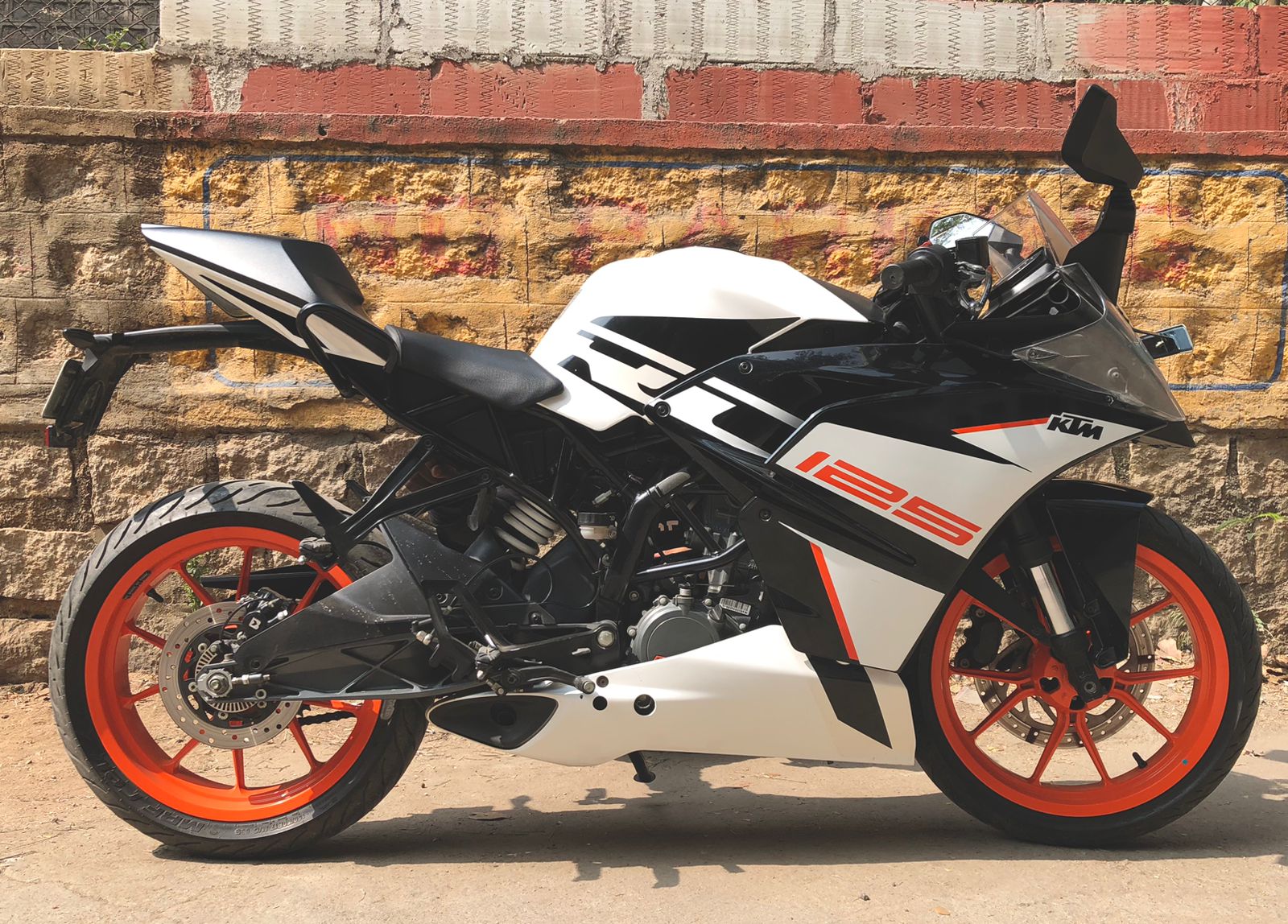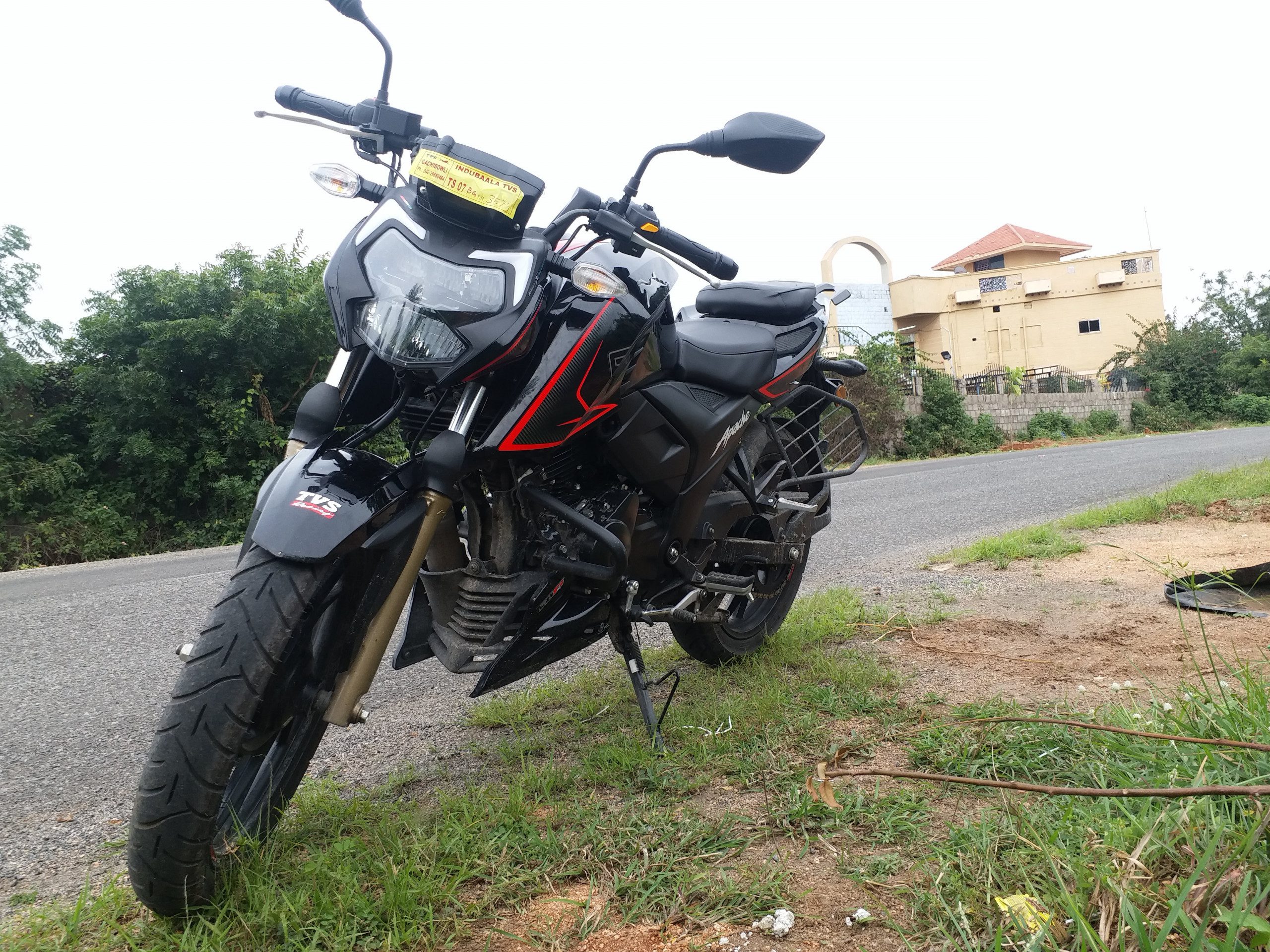FZ-25 A Quintessential YAMAHA
Wolf in sheep's clothing? or just another failed commuter with a 250cc engine?
In India, The FZ moniker carries significant weight among motorcycle enthusiasts and conventional buyers. Back in 2008 when launched, The FZ 16 was one of a kind with its powerful (back then) 14 hp, 153 cc motor, and a design that looked like a mini-me of a more extensive and outrageously powerful FZ-1 A liter-class naked streetfighter.
Yamaha entered and kickstarted a whole new segment in India with its 150cc premium offering that was Fast and looked apart on the roads that were accustomed to 100cc commuters. Due to the aforementioned reasons, FZ became a popular sight on Indian roads. Giving rise to an all-new 160cc sports segment which after 10 years still is a highly desirable segment among young enthusiasts and general consumers.
The popularity of the FZ was such that not a single person isn’t familiar with the FZ badge, chances of you knowing a person who owns an FZ of any model year are highly likely if you live in India. Whether someone from your family had one or a friend or someone from the neighborhood, such was the craze for The FZ over the last 10-12 years and it still is.
Not only was the model massively beneficial for YAMAHA it exacted other competing brands to up their game. And so far we have got some impressive and even better options than current gen FZ 150cc, bikes like Pulsar NS160, etc.
But sadly, FZ Didn’t stay at the top for too long
Yes, the sales figures were strong, and still was the best-selling motorcycle in the segment but as years went on Yamaha kept updating the bike, or rather, it got downgraded, at least on paper the engine got downgraded from a 153cc to 148cc and the power figures went from 14hp to low 13’s.
On the hand, the bike’s design kept improving over time and at least in my opinion has to be the best-looking one in its segment. Yamaha added some features and claimed the new downgraded motor is more refined and efficient than the first iteration, with improved fuel economy and becoming kinder to the planet.
But still, FZ’s sales persisted and kept the top spot. Even though FZ became prettier, slower, and more expensive, it still offered one of the best ride quality with a perfect balance between handling and comfort. but surely this wasn’t enough for young motorcycle enthusiasts, we all wanted more from the FZ moniker, and power was the top priority
The answer was an FZ with bigger displacement, which in return resulted in more power
Now back in 2017 when Yamaha unveiled the fz25, the expectations were high, a quarter-liter naked street that seemed affordable, looked like everyone’s favorite FZ 150, and packed more power than the regular FZ which now after series downgrading due to emissions was only producing 13 hp and mere 13 Nm of torque.
20 HP,20 nm of torque generated by 250cc motor mounted to lightweight 135 kg Frame seemed like YAMAHA has once again come to change the competition with its locally produced FZ25 that looked affordable.
Surely, All these factors should help Yamaha Move the product at a rapid pace and repeat the success of the original FZ. Well, it didn’t.
A lot of factors acted in FZ-25’s lackluster sales
Being placed in a 250cc segment where bikes made more power than FZ 25 and priced a bit higher than 200cc bikes that made more power and some made similar power with some exciting features.
Bikes like the Apache 2004v that got onto the scene at the same time made similar put out similar horsepower figures from a 200cc motor and with some extra flare in its brochure or Bikes like Bajaj Pulsar NS200 and KTM Duke 200 produced more power and exciting riding dynamics than the FZ and former being bit economical on the pocket.
Yamaha itself didn’t do any justice to their product as one of FZ 25 greatest foes was in its home. The YAMAHA R15 V3 was launched a year after the FZ 25, similarly priced and made almost the same amount of power, And the fact that the R15 V3 looked like Yamaha’s Bigger Bikes like R6, R7, R1, and more importantly it closely resembled with Yamaha’s Moto GP challenger The M1.
It was an instant success for Yamaha and forced the more competent FZ25 to live in its shadow because compared to the R15 it became highly undesirable for all the reasons mentioned above.
I was convinced that FZ25 is one of the best bikes on offer for its price and has been hard done by all the factors that weren’t its fault entirely. And one day I got my hands on the FZ-25 and it was my chance to put my theory to the test and figure out whether FZ-25 sales are deserved or if it is one of the underrated bikes on the market.
My Review of FZ-25
It was key for me to elucidate FZ 25’s origins on Indian soil and the cause behind its failure to extract sales as flamboyant as other Yamaha products. So, as to give a direction to my review and give context to readers.
Now, onto the central objective of this article, My Review
But first, let’s get the usual out of the way, such as horsepower figures, acceleration times, etc. FZ-25 as the name suggests is propelled by a 249cc SOHC Air-cooled, 2-valve engine producing 20 hp and 20 Nm of torque mated to a 5-speed Gearbox.
FZ 25 does 0-60 kph just a shy under 4 sec and touches a tonne under 9 sec and keeps on going till it reaches its limited top speed of 140kph. Not bad from a 2-valve engine that produces a mere 20hp and 20nm of torque and almost unbelievable that a motor that generates somewhat humbling numbers can match bikes such as the kTM Duke 250 that produces 29hp and Suzuki Gixxer 250 that produces 26 hp.
The way it manages to turn those numbers is pretty much down to the marriage between an extremely light Frame and a torquey motor that is capable of deploying torque as low as 6000 rpm which results in the bike being very light on its feet and making it capable of holding it own against more expensive and significantly more powerful than it.
Not just at accelerating, but the engine is also very effortless to operate. It’s very smooth on throttle inputs even on the sudden throttle application engine revs up linearly and the bike picks up pace gently but rapidly.
Now the fun doesn’t last too long as the signs that it is a 2 valve engine start to show up when the engine revs up to the higher RPMs when the power drops and ultimately force you to short shift as it is no fun to stay at the upper echelons of the rev range. That being said the engine has a sweet low end and very mighty mid-range where it deploys all of that 20Nm of torque. which makes it very exciting to ride, especially in the city traffic and even on the highways it gets to triple digits very effortlessly and stays around 115-120 without any fuss, but as the speed picks up beyond these numbers it starts to struggle to maintain its refinement and to top it off the engine doesn’t have a strong top end which slows the progress of the bike beyond 120kph.
I heard a lot of complaints online through many forums and from many journalists that I know of, who criticized the lack of the 6th cog that has hampered the bike’s potential and whatnot. I who use an Apache RTR 2004V as a daily driver, bought into those arguments due to my experience with the Apache RTR 2004v which is in desperate need of a 6th cog for various reasons, to improve its fuel economy, to improve the engine’s tractability and refinement at high speeds.
But, I didn’t feel the need for a 6th gear, especially in the city conditions and it certainly did not affect its fuel economy because on my test runs I got 44kmpl that too when I was totally on it all the time constantly redlining it in each gear. Yes sure there’s a need for a 6th gear when on the highway but as long as the engine is under 7000 RpM and the speed is kept in check under 120kph there’s no apparent need for extra gear, sure when you try to push further, then there’s no denying an extra gear would have helped the matters a lot. But I don’t see a situation where one would have to push further than 120 kph, especially when cruising at highway speeds. It has all the makings of being an affordable cruiser/tourer if it needs to be.
Let’s talk about the subject that excites me the most, Riding dynamics.
I have called the FZ 25 a quintessential Yamaha and anyone who has ridden Yamaha bikes of recent times, the ones that are affordable to the masses such as R15, MT-15, and FZs will find the FZ 25 to share the same riding characteristics as them, the ability to carry a substantial amount of mid-corner speed is a prominent ability of the Yamaha bikes and such is the case with the FZ 25.
FZ 25 incorporates a stiff diamond frame chassis. And the Suspension duties are handled by a telescopic fork and a 7-step adjustable Monocross suspension at the rear. This results in very competent handling characteristics by the FZ25
FZ 25 can take a corner fast, very fast. But it’s such a generic way to put it, let me explain how it behaves while cornering
The biggest trait of FZ 25 is its ability to carry great speed in the middle of the fast sweepers or curves as commonly known, it has incredible mid-corner stability and provides immense confidence to keep the throttle just a little bit longer. Although to carry such speeds you have to make sure you have chosen the right line because if you mess up and understeer in the mid-corner, it becomes a bit dicey to change the line in the middle of it, and the bike becomes nervous and starts to wobble almost as if it’s stubborn to change its trajectory. The good thing is the chassis lets you know what it’s up to so if you know what you’re doing you can get it under control.
FZ is also very proficient at taking traction-demanding corners such as Left\right hand corners and Hairpin turns. This predominantly is thanks to 282 mm sized front brakes that are sharp and surefooted combined with a stiff chassis that becomes hyperactive in slow-speed turning that inspires confidence to lean on the 100/80-17 front tire which barely complains for traction while braking and turning.
The only thing that lets down the bike is its rear 140/70-17 MRF rubber which severely lacks edge grip and is very prone to slip under moderate torque demand while leaning or accelerating out of a traction zone. I went on the internet and found out that replacing it with a better tire does drastically improve the overall cornering ability of the bike.
The bike rides like a magic
Every time I ride a Yamaha product I get off completely baffled and trying to wrap my head around how come Yamaha engineers manage to find that incredible balance between extreme comfort and incredible handling.
One might not assume a bike that has a stiff chassis and handles brilliantly can almost glide over bumps and potholes without any fuss or discomfort, and completely masks off rough surfaces and cracks on the tarmac.
It manages to do all this in its stock setting, and honestly, there’s absolutely no need for even playing around with the suspension setting. it does its job perfectly well in its stock setting.
It’s not all perfect
It does have a few shortcomings, especially from the consumer’s point of view, it doesn’t get the big feature-loaded gimmicky Guage cluster as other bikes, that being said despite looking like a basic instrument cluster it is not basic in its function, it gets real-time fuel economy monitor,avg fuel economy indicator and a trip meter. It does miss out on the gear indicator which was dearly missed during my test ride.
There’s not much to complain about, a small gauge cluster is not going to be a deal breaker and a mediocre rear tyre issue is just a replacement away from being solved, and I sincerely believe not many would notice or realize that.
At The End…
It is such a shame that A bike that offers so much, A bike that is as versatile as it gets, A bike that looks as good as it does, barely gets mentioned when Yamaha bikes are considered, It barely manages to keep itself relevant among its more popular siblings like MT 15 and R15, despite outperforming in every relevant aspect. Maybe it doesn’t attract the crowd as the R15 and MT15 does, maybe it doesn’t sound great as Apache RTR 200 does, and maybe it doesn’t have an engine that generates mouthwatering numbers like the KTM duke 200 and Bajaj NS 200.
But, what it does best is it goes fast, faster than any one of them and it does it elegantly. It is perhaps the best all-rounded product sold by YAMAHA INDIA. And it is such a shame that it got lost amidst the funk and gimmicks of other motorcycles.
Recommend0 recommendationsPublished in Bikes, Reviews